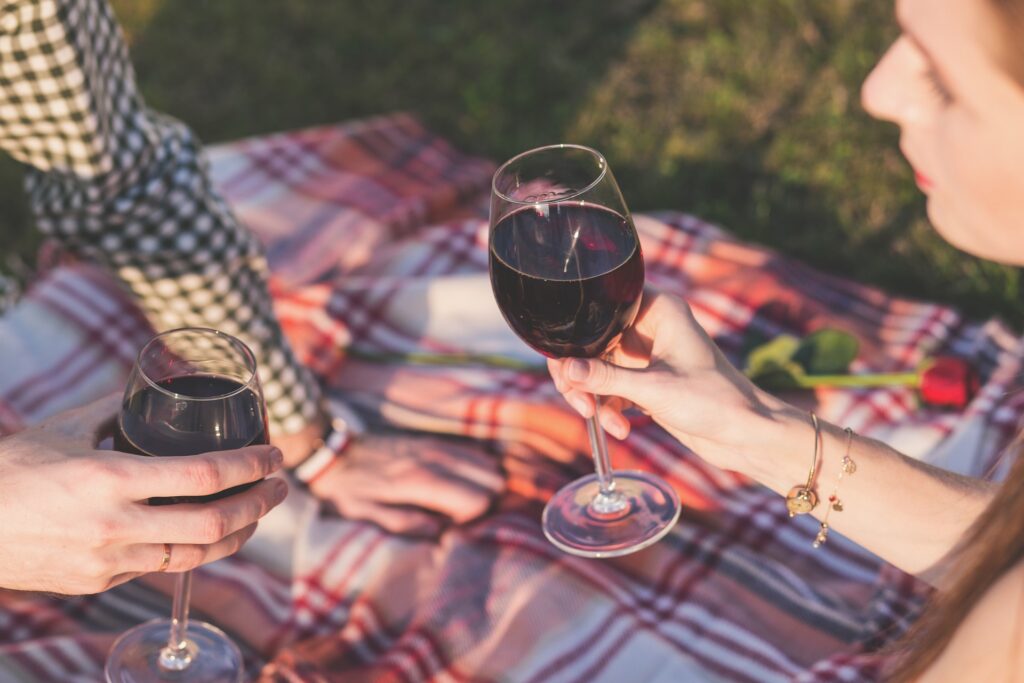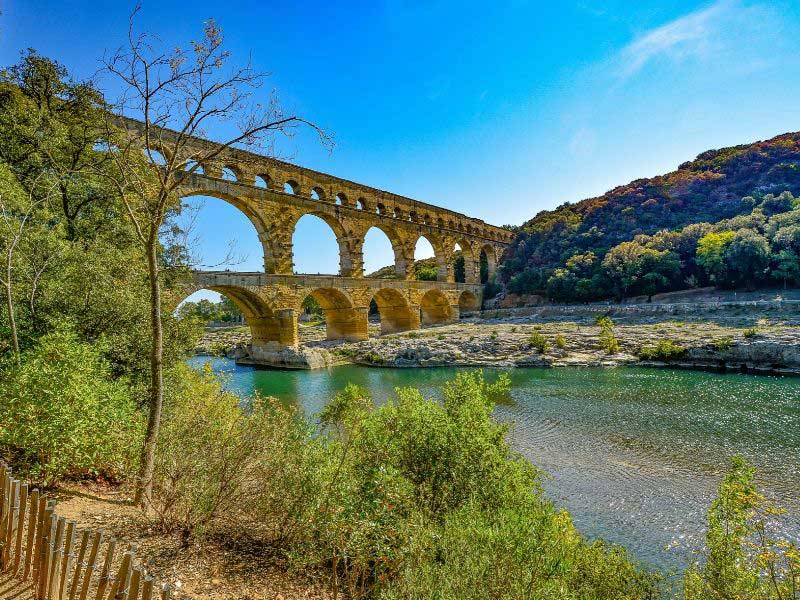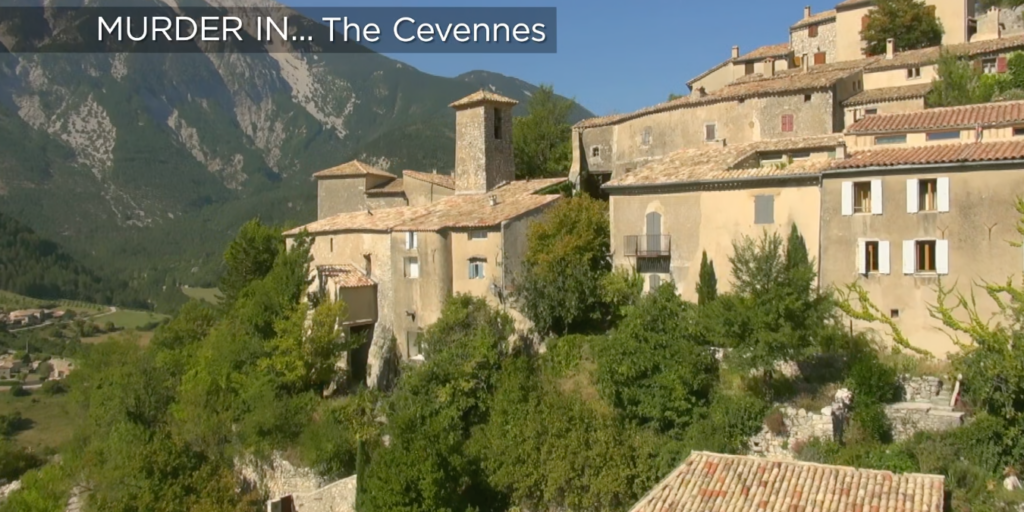
What do you do with a giant cavern?
That was the question that vexed the Provençal village of Les Baux-de-Provence. For centuries, giant blocks of white limestone had been extracted from a nearby mountain to build the town and its towering château. But by 1935, competition had forced the limestone quarry to close, leaving behind a massive, ghostly chamber. There it sat for decades, cold and silent, waiting for someone to restore it to glory.
That someone was Albert Plécy, a photographer and filmmaker, who arrived in 1975 with the idea of a “total image.” He installed a few giant projectors that flooded the cavern with color, projecting images that he coordinated with music. For viewers inside the cavern, it was a kind of total immersion that he called the Cathedral d’Images–the Cathedral of Images.
From this modest beginning, the program has slowly become more sophisticated and today it uses hundreds of cutting-edge projectors and complex computer control. Now called the Carrières de Lumières (Quarries of Light), the site is run by Culturespaces, France’s leading private manager of museums and art centers. Carrières de Lumières has become one of Provence’s leading tourist attractions and has led to the creation of “siblings” in Paris, Bordeaux, and South Korea.
Read about these magical siblings in France Today!









